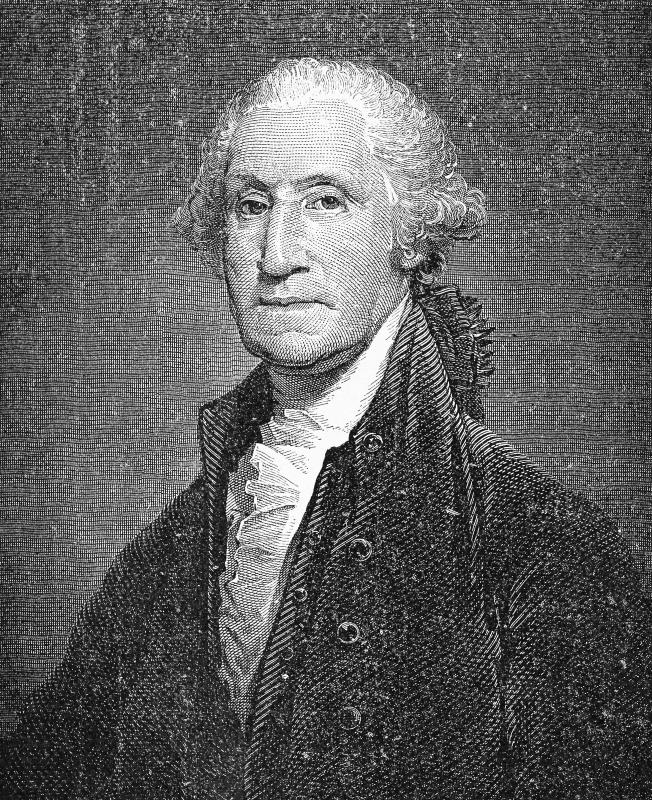At WiseGEEK, we're committed to delivering accurate, trustworthy information. Our expert-authored content is rigorously fact-checked and sourced from credible authorities. Discover how we uphold the highest standards in providing you with reliable knowledge.
What is a Recess Appointment?
The US Constitution requires that the president seek the advice and consent of the US Senate when appointing officers to most high-level posts, including cabinet positions and federal judgeships. However, in anticipation that the Senate might not always be available, the Constitution gives the president the right to make appointments if the Senate is in recess without obtaining its counsel or approval. These are called recess appointments.
The purpose of a recess appointment is generally to ensure that the functions of the office be carried out even if the Senate is unavailable to confirm the appointment. It has also served as a vehicle by which a president can give a potentially controversial appointee an opportunity to display his or her capabilities in the office — a trial period, so to speak. Former President Harry S. Truman used a recess appointment to seat the first black federal judge, and two of the first three women to sit on the federal bench received recess appointments. In each of these cases, the Senate later voted to confirm the appointments.

A recess appointment is subject to certain restrictions and limitations. Most importantly, regardless of the statutory or Constitutional term of the office being filled, a recess appointment is valid only until the end of the next full session of the Senate after the appointment. Thus, a recess appointment cannot be used as a means of avoiding the Senate confirmation process altogether, only postponing it.

A recess appointee may only be paid if certain conditions relative to the appointment are met, oriented around the practicality of obtaining Senate confirmation in a timely manner. For example, if the vacancy existed for more than 30 days before the recess, a recess appointee to the vacancy will not be paid until confirmed by the Senate; however, if the vacancy arose within 30 days of the recess, or if the Senate rejected a different candidate during that 30-day period, or if a nomination of someone other than the recess appointee was left pending by the Senate at the time the recess began, then the recess appointee will be paid.
While high-level vacancies in the executive branch can be filled by recess appointments, most of those are political in nature and are expected to be vacated by the incumbent upon a new administration's assumption of office. Federal judgeships, however, are for life, and more than 300 vacancies in the federal judiciary were initially filled by presidents using the power of recess appointment. Of these, 15 were recess appointments to the Supreme Court, with all but one being subsequently confirmed by the Senate. The only rejection was of John Rutledge, former President George Washington's recess appointment to the position of chief justice. Of the overall number of recess appointments to the federal bench, an estimated 85% were ultimately confirmed.
Presidents prize the ability to appoint federal judges because of their lifetime tenure, which means that by the nature of his appointments, a president can make a lasting mark on American jurisprudence long after leaving office. One of the problems with recess appointments to the federal judiciary, then, is that any appointments left unconfirmed at the end of the president's term automatically expire, giving the next president the opportunity to make the appointments.
AS FEATURED ON:
AS FEATURED ON:












Discuss this Article
Post your comments